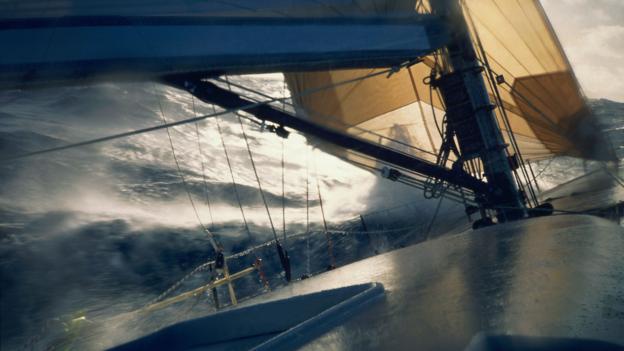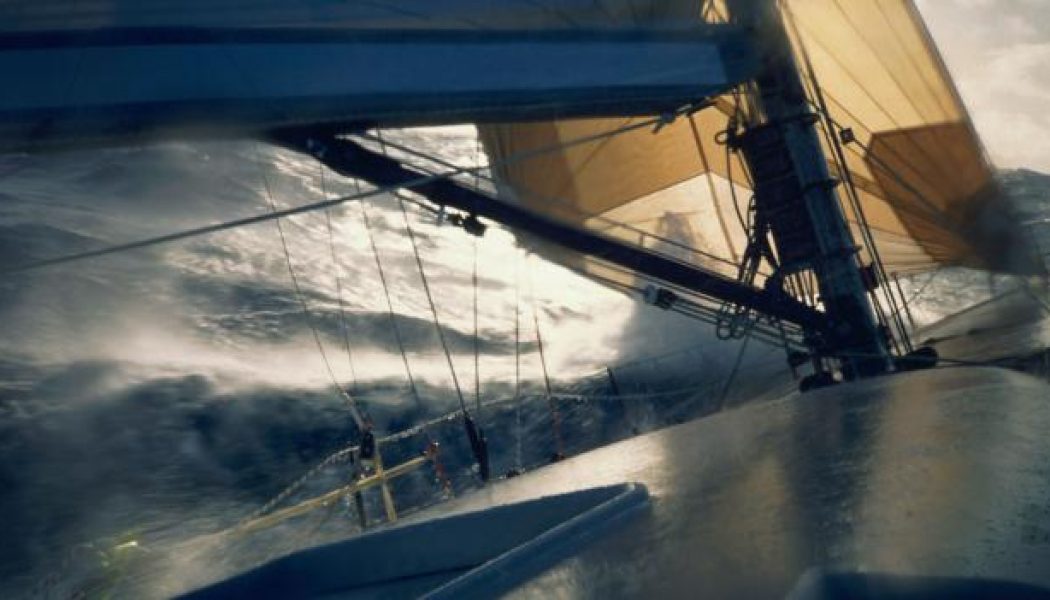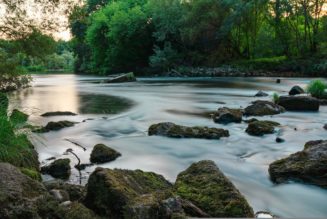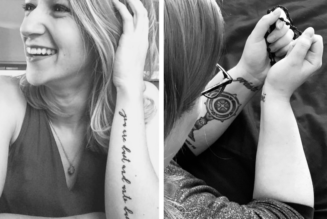
The hot weather that meant Douglas and other family members survived the initial sinking, however, would now become their enemy.
“If it’s pretty warm then you are going to lose about half a litre of fluid a day, through the skin,” says Tipton. The Robertsons had two other immediate sources of water beyond their meagre bottled supplies – rainwater and condensation. With a canopy over the top of the dinghy, sweat and water vapour breathed out by the family would condense on it. “Having a way of collecting that is essentially a way of recycling body fluid.”
What anyone hoping to survive must never do, however, is drink seawater or urine. “Urine is about 4% more concentrated than standard body fluid,” says Tipton. “So, you’d need to be diluting it by an enormous amount. You’re never, ever going to be in that situation in a survival scenario.”
Getting enough drinkable water was quickly becoming an issue for the Robertsons. They had arrived in the doldrums, but there was no rain. For three days they waited, occasionally seeing a raincloud frustratingly out of reach in the distance.
Their solution was to drink the blood of the sea turtles they caught. Douglas recalls it being palatable and not at all salty and it became an important source of fluid for them.
The extremely low levels of water the family were drinking, however, took a toll on their bodies. Douglas remembers only urinating once during their entire ordeal, and when he did it was thick and dark like tar.
When deprived of water in this way, the body starts to do strange things. When they accidentally cut their hands, while handling a turtle for example, the family found they did not bleed. “The body is pretty good at sacrificing the extremities in order to maintain heart, lung and brain function,” says Tipton. “If you dehydrate, you’ll find the peripheral blood flow goes down because the body’s trying to maintain central blood pressure. They didn’t bleed because there’s no blood going there. Maximum vasodilation can be three litres per minute going to the skin, whereas maximum vasoconstriction can be 20ml per minute. You know, it is pretty radical.”
Without blood, the extremities lose blood flow and therefore heat. In a colder environment, this can cause frostbite. In warm environments, it can lead to heatstroke. Without being able to send blood to the skin, the body sacrifices an easy way to cool down.









